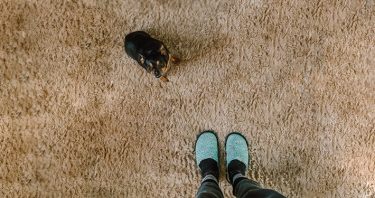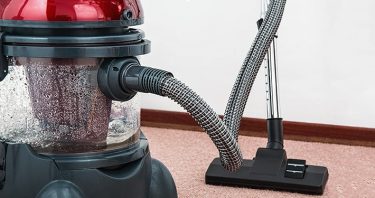Types of Carpets and Their Effect on Cleaning
Home » Green Carpet Blog » Carpet Care » Types of Carpets and Their Effect on Cleaning


In some of our other articles, we suggest that you ask experts for help if your carpets are stained, damaged or in need of a deep cleaning. This is because they can take one look at any sort of carpet and know the right method for cleaning. This will usually be a method that can deal with any issues such as deep set stains, but also a method that uses the right cleanser and method based on the type of rug or carpet.
As an example, most carpet owners may not be able to tell whether a carpet is loop pile or cut pile. They may not know the type of material used to make the rug, the weight or density, and so on. If you are about to tackle a DIY carpet cleaning, or you want to be sure your carpet cleaning professional is giving you the right advice, we suggest you learn how to know the important answers yourself.
START WITH PILE
Typically, modern carpet uses either a loop pile or a cut pile. The loop pile means that all of the materials are first looped together before being sew into the carpet’s base material. This makes it durable. The cut pile features strands that are loose at the ends, like a shag rug, and it results in a softer rug.
UNDERSTAND THE CHALLENGES OF CUT PILE
It is the cut pile that appears in most homes because of its softness, but it can be a real challenge to clean. This is because the length of the pile can make cleaning tasks, such as vacuuming, less effective. Just envision a traditional “shag” rug or a very dense rug. Both have longer cut pile and you may find it hard to get deep down into the fibers to remove dirt and debris.
Cut pile rugs have to be vacuumed at least once each week, preferably twice, to ensure that dirt doesn’t sink deep into the rug.
LEARN HOW TO CLEAN LOOP PILE
Loop pile rugs are much more durable and easier to clean thanks to the tighter and shorter fibers. They are excellent to vacuum and respond well to steam cleaning, which you may find necessary every six months, or so. If vacuumed weekly and steam cleaned seasonally, they’ll last for years.
UNDERSTAND HOW MATERIALS EFFECT CLEANING
Of course, you must also know what a carpet is made of to clean it most effectively. Today, the most common materials include:
Wool – This has to be cleaned with safe and gentle methods, typically a blend of warm water and white vinegar works far better than chemicals. Wool cannot be scrubbed.
Nylon – Warm water on a stain helps to remove it, along with a small drop of detergent or cleanser. This material can stand up to stronger cleansers and machine scrubbing.
Polyester – This is a synthetic that can be cleaned with chemical carpet treatments and it stands up well to shampoos and extraction equipment.
Blends – This can be a challenge if you don’t know what it is made of, and so you’ll want to use only gentle materials.
If you have an all-natural carpet, such as one made of sisal, your best bet is warm water and blotting, and then a gentle dry carpet cleaning treatment.
There are many effects that carpet material and type have on cleaning methods, and whether doing it yourself or hiring a pro, you now have a bit more clarity on the topic.


Categories
Carpets
Oriental Rug



